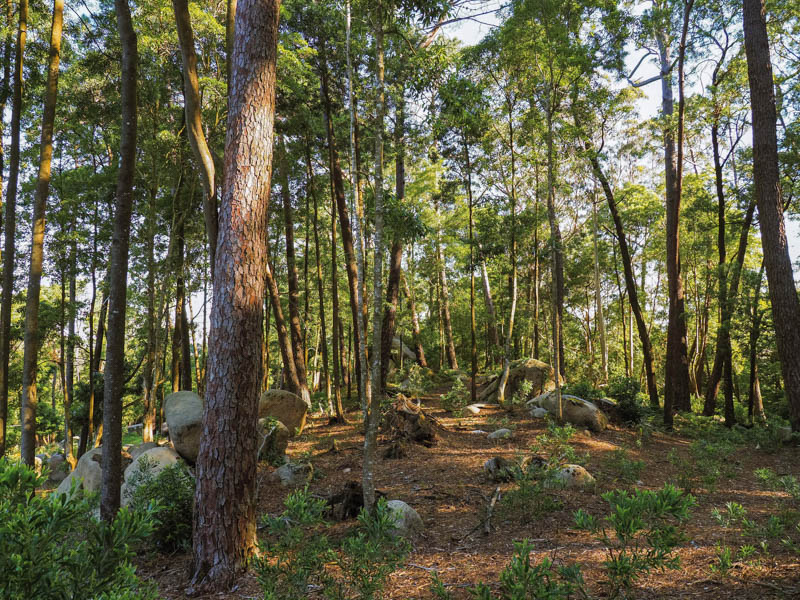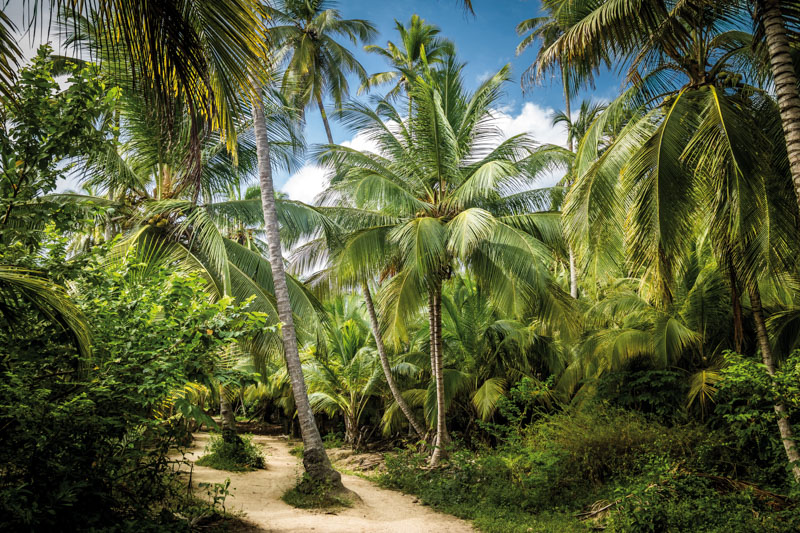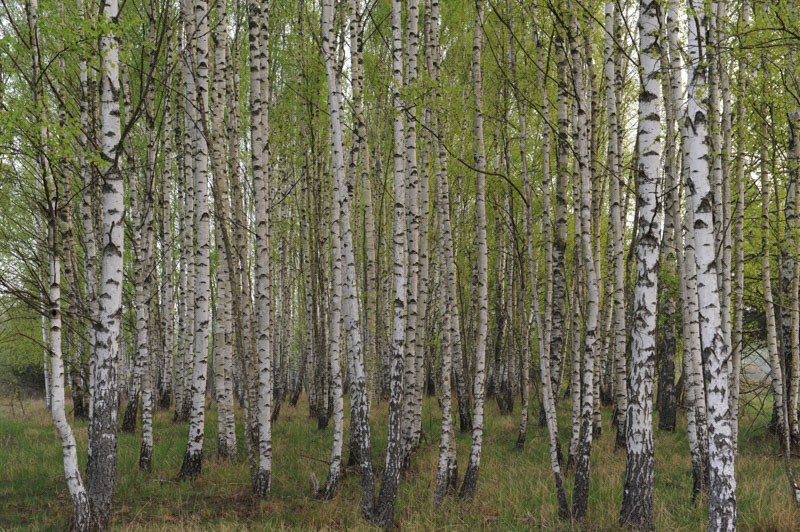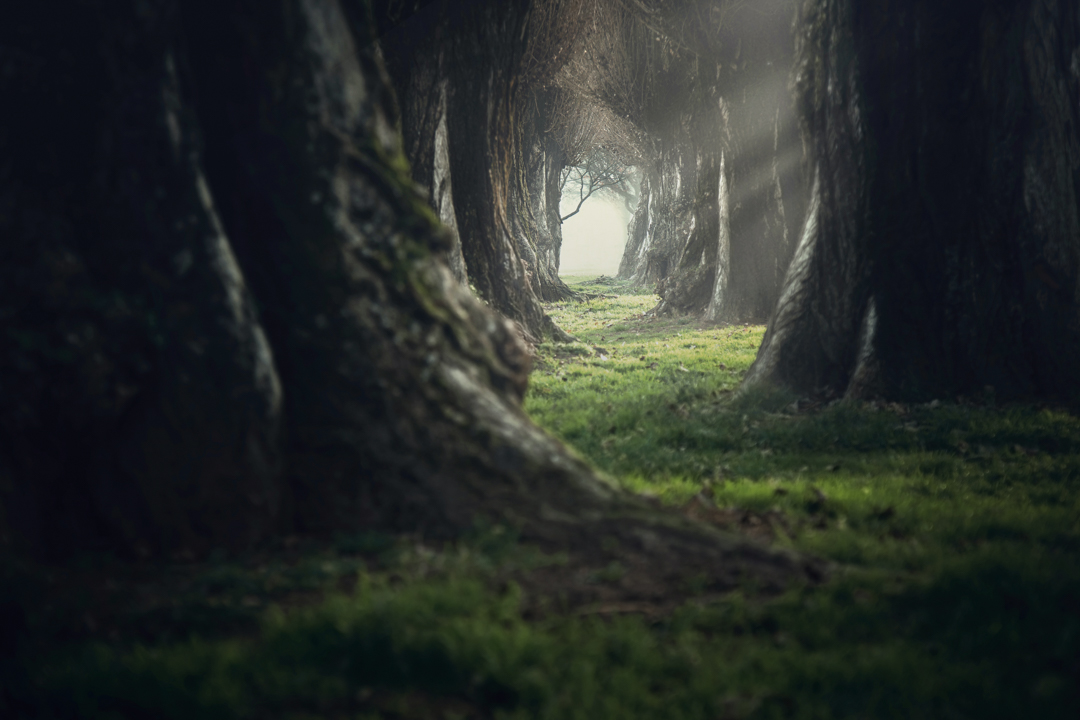
Inhale, exhale… forest bath.
Pause. Stop the time and stop everything No. This is the time. This is everything. This is us, simply enjoying the now. Now is a quiet symphony of which every rustling leaf, every glistening dewdrop is a note. And it comes in whispered secrets of impossible colours and scents. Immersed into nothingness, we just walk. Where to? The point is not reaching somewhere: it’s just to keep going. Going anywhere. Wherever there are trees.

It is in this tranquil haven that the phenomenon of forest bathing unfolds, a practice steeped in ancient wisdom yet resonating with modern science. This journey of shinrin-yoku unveils the delicate dance between trees and our well-being, a dance that has echoed through cultures and epochs. “Shinrin” in Japanese means “forest,” and “yoku” means “bath.” So, it means bathing in the forest atmosphere, or taking in the forest through the senses.
Humans have enjoyed forest environments for eons, essentially because of their peaceful atmosphere, beautiful scenery, mild climate, pleasant aromas and fresh, clean air. But Japanese researchers suspected there was more to it. In the early 1980s, they discovered that this exercise could help prevent lifestyle-related diseases. In 1982, they proposed the concept as an eco-antidote to tech-boom burnout because phytoncides, natural compounds released by trees (such as alpha-pinene and limonene) have been proved to lower levels of cortisol, the stress hormone, leading to a greater sense of calm and relaxation.
Forest medicine could be a way to help healing body and soul with the power of nature.
Serial studies have been conducted to investigate the effects of forest environments on human health, resulting in a new medical science: Forest Medicine. It was established by one of the founders of this global movement: Qing Li, a medical doctor and professor at the Nippon Medical School in Tokyo, one of the most prestigious medical schools in Japan. Forest Medicine is being prescribed to reduce stress levels and blood pressure, strengthen immune and cardiovascular systems, boost energy and mood, and treat depression and sleep disorders.
Nature’s Prescriptions
A robust body of research shows that just spending time in nature is beneficial for people’s physical and mental well-being. The World Health Organisation’s recent report on “Green and Blue Spaces and Mental Health” supports this theory and highlights the opportunities for social interaction and places “to relax and leave daily stress behind for a while” that it provides. Numerous potential biological mechanisms underlie the advantages of being in green or blue natural environments. One hypothesis suggests that these benefits arise from attention restoration theory, which posits that immersing oneself in nature can alleviate mental fatigue and enhance the capacity to focus.
But within natural environments, the sense of calm is not derived solely from shades of blue and green; the shapes of objects also contribute to comfort. Research suggests that observing natural fractals – intricate designs repeating across different scales in nature – triggers heightened alpha wave activity in the brain, inducing a state of relaxed yet attentive awareness, as indicated by electroencephalograms. Another study published last year in Occupational & Environmental Medicine revealed that individuals who frequent green spaces five or more times weekly display notably reduced reliance on psychotropic, antihypertensive and asthma medications compared to those with limited exposure to nature.
Off (to the forest) we go
As we traverse the verdant tapestries of Portugal, Poland and Colombia, we’re not just seekers of respite; we’re voyagers retracing the footsteps of our ancestors, of those who knew the secrets of the forest (and, possibly, did forest bathing) long before scientific studies confirmed them.
Forest bathing in Portugal

Nestled within the Sintra-Cascais Natural Park, 30 minutes away from Lisbon, Portugal, unfolds the perfect blend of forested landscapes and coastal panoramas. The landscape is defined by the presence of granite-clad mountains, lush forests and the dramatic Atlantic Ocean shores that mark the westernmost edge of Europe. This distinctive fusion of geological formations and geographic attributes, coupled with the varied flora, engenders a microclimate that endows this location with its singular and exceptional essence.
Forest bathing in Colombia

In the Caribbean region of Colombia, Tayrona National Natural Park offers an exquisite fusion of exuberant forests and pristine coastal landscapes enveloped in a sense of peace and serenity. Located in the foothills of the Sierra Nevada, rising approximately 5,650 metres above sea level, this protected area offers an experience that is both invigorating and restorative. The park is of significant cultural importance due to its historical association with the indigenous Tayrona people. Ancient ruins, terraces and ceremonial sites scattered throughout the park attest to their presence and offer insights into their way of life.
Forest bathing in Poland

Poland’s Białowieża Forest, a designated UNESCO World Heritage Site, offers an entrancing portal into a realm that harks back to the primeval past. Situated on the watershed of the Baltic Sea and the Black Sea, this transboundary property is exceptional for the opportunities it offers for biodiversity conservation due to its size, protection status and substantially undisturbed nature. In the park, visitors can experience what a true primaeval deciduous forest, which covered most of Europe hundreds of years ago, is like. The forest has the largest population of European bison living in the wild.



